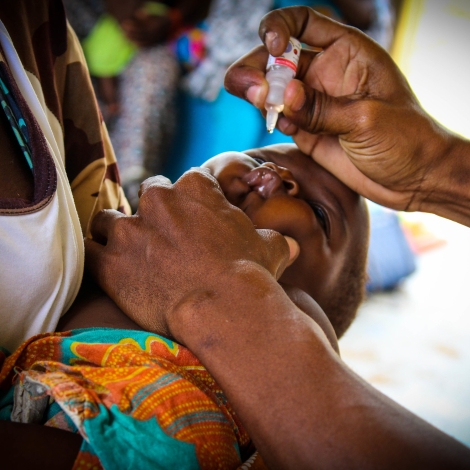The biggest obstacles to achieving universal vaccination coverage worldwide come down to a lack of proper data monitoring. Vaccination is among the most cost-effective health interventions for preventing infectious disease, yet gaps remain in global coverage. That is in part because vaccines are so highly sensitive. Many have a brief shelf life and require strict ranges of temperatures while traveling along circuitous routes to the world’s hard-to-reach places. An estimated 19.7 million infants are neglected each year for routine vaccinations.
The core challenge in vaccination is data monitoring.
Problems that stem from poverty, limited energy access and unfavorable infrastructure for transportation hinder vaccination coverage, mostly in economically developing countries. The global cold chain faces challenges and there are several reasons it doesn’t work smoothly. Compounding the problem, records are spotty in some regions, especially where they are written by hand, so it is not always clear who needs a vaccine.
The core challenge in vaccination, however, is data monitoring. Proper monitoring can address many of the most common problems linked to poor vaccination coverage. Take waste, for example. Unopened vaccines lost to heat exposure, freezing, breakage, missing inventory, and theft can be reduced with good monitoring. The recorded data can help institutions such as the World Health Organization (WHO) efficiently manage their vaccination services and improve the quality of the immunization program by ensuring that all infants and pregnant women are immunized.
The US Centers for Disease Control and Prevention (CDC) tracks patients’ reactions to vaccines, monitoring data to learn about preventable risk factors for adverse events. The implementation of communication technology in the time when “Industry 4.0” is evolving via the Internet of Things (IoT) may be a promising solution in the vaccination industry as well. IoT solutions make it possible to monitor the vaccine’s temperature and track the ambient conditions. The vaccination schedule becomes easier to manage when records are kept digitally rather than by hand. For example, the CDC built an Immunization Information System (IIS) using a population-based, computerized database to manage everyone’s immunization records.
Although vaccine monitoring and recording is a necessity, its implementation is a challenge in many developing countries. A solution has arisen relatively recently in the vast telecommunications network that has been laid over the globe. It is now possible to check vaccination statuses in real time, maintain vaccines in optimum conditions, maintain immunization records and manage vaccination schedules efficiently with a database. All this suggests that the development of IoT technologies should increase worldwide vaccination rates.
About the Author
Jang Hyeon Lyu is an E4C Research Fellow and a mechanical engineering Ph.D. candidate at Seoul National University in South Korea. He received a Bachelors Degree in mechanical engineering from Hanyang University in 2018. One of his research topics is developing a portable vaccine refrigerator based on IoT. He is currently working on projects related to portable vaccine refrigerators in Tanzania, Uganda, Ethiopia, and Nepal.

